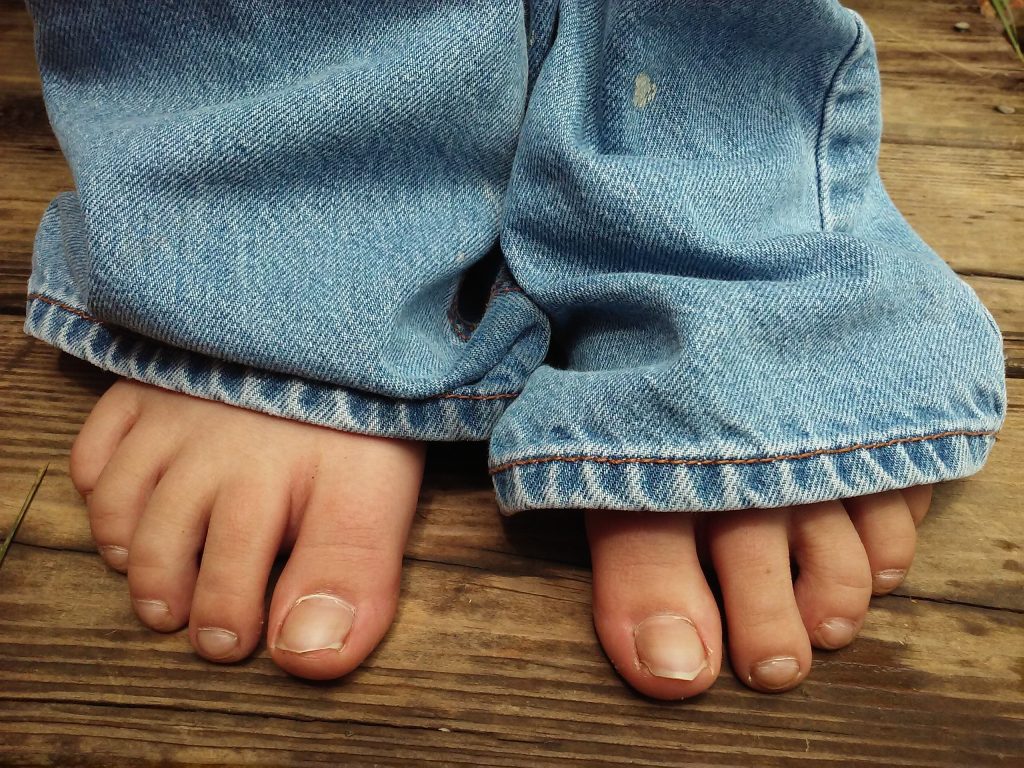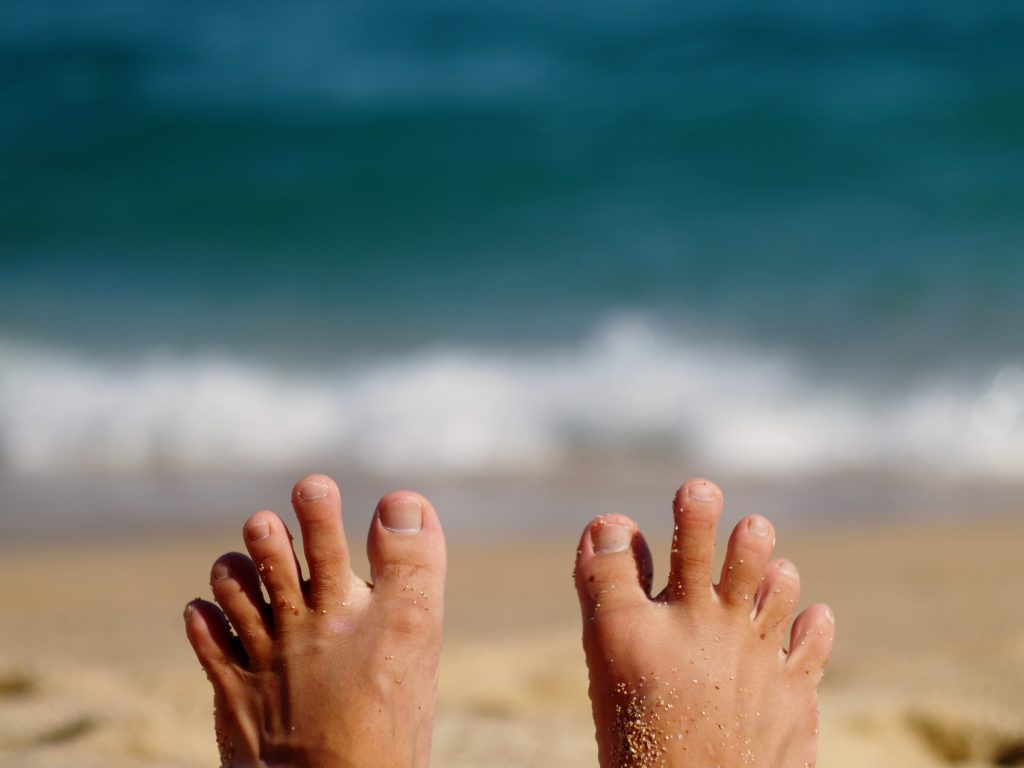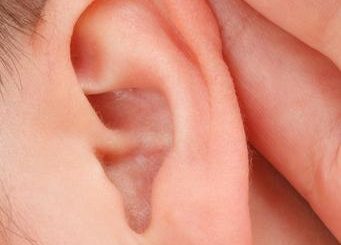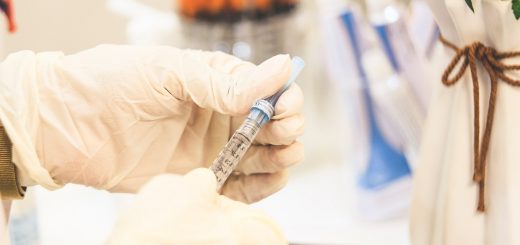Fungal Nail Infection: Symptoms, Causes, and Treatments

Fungal nail infection, also known as onychomycosis and tinea unguium, is a common condition that affects either the fingernails or toenails. ‘Tinea pedis’ is an athlete’s foot and refers to the areas between your toes and the skin of your feet that have become infected by fungus.
Nail infection typically begins as a white or yellow spot under the tip of your fingernail or toenail, but since it develops over time it may be hard to detect at the onset. The change is so subtle you might not even see any immediate difference in the way your nail looks or feels.
Typically, nail infection tends to be mild and may not even bother you. But if it is painful and has caused your nails to thicken, you will need to see a doctor. While self-care and medications can help in some cases, in a severe case you risk causing permanent damage to your nails, leading to other serious infections that spread beyond your feet (especially if you have a suppressed immune system due to medication). Moreover, improper treatment can lead to it coming back with a vengeance.
Symptoms of Nail Fungal Infection
If the infection is severe and goes deep enough, you will be able to see it. It can affect a part of the nail, the entire nail, or several nails. Nail fungal infection can:
- Cause a whitish to yellow-brown discoloration in the nail.
- Thicken the nail.
- Distort the nail so it lifts off from the nail bed.
- Make the nail brittle, leading to the nails becoming ragged and even crumbling at the edge.
- Cause the infected nail to smell slightly foul.
What Causes Nail Fungal Infection?
Since nail infection occurs due to the overgrowth of the fungi in and under the nail, it can develop in people at any age. However, fungal nail infection is more common in older adults. This is probably because nails become brittle and dryad they age. The dryer and more brittle the nails are, the greater the chances of them having cracks. These cracks are an opening for fungi. But other factors may also play a role.
Fungal nail infections are caused by various fungal organisms and your nail can become infected:
• Because of the same fungi that cause jock itch, athlete’s foot, and ringworm.
• By a type of fungus called dermatophyte.
• Because of fungi that are already present in or on your body.
• If you have come in contact with someone else who has a fungal infection. (It is uncommon to contract it someone already infected though.)
• Because of yeast and molds.
While nail fungus can affect fingernails, it’s more common for it to affect toenails – likely because your toes are usually confined to shoes, where they’re in a warm, moist environment. Fungi thrive in warm, moist environments, so this type of environment can cause them to naturally overpopulate. Toenail fungal infection can even start from an athlete’s foot and eventually spread from one nail to another.
Prevent Nail Fungal Infection

There are a few simple lifestyle changes that you can make to decrease the chances of you getting a fungal infection. The best ways to prevent fungal infections of the nails include:
- Keep your hands and nails clean
Taking good care of your nails is a good way to prevent infections. So, wash your hands and feet regularly and moisturize your nails after washing. And always wash your hands after touching infected nails.
Also, clean and well-trimmed are less likely to be a feeding ground for fungus. So, when trimming your nails always go straight across, smooth the edges with a file and then file down thickened areas. - Go to a trustworthy nail salon for manicures and pedicures
All the tools used by the staff in a nail salon must be disinfected regularly and thoroughly. Tools, such as emery boards and nail clippers, can spread fungal infections from person to person if they’re not sanitized. - Keep your hands and feet dry
Your hands and feet must not be damp for an extended amount of time. After shower dry your feet well, especially between your toes. If necessary, wear rubber gloves and moisture-wicking socks whenever you’ll be working in a wet or damp environment. You can also buy antifungal sprays or powders and spray them on during the day. - Avoid being barefoot.
Especially in public places. You don’t know what’s on the floor and you risk contracting an infection. - Also, avoid injuring the skin around your nails.
- Buy your own set of everything
Buy your own nail polish, manicure and pedicure set and do not share them with others. Also, remember to disinfect your nail clippers after each use. Reducing artificial nails can also help. - Take necessary precaution if you have sweaty palms and feet
Choose shoes made of materials that breathe, and wear sweat-absorbing socks or change your socks throughout the day.



